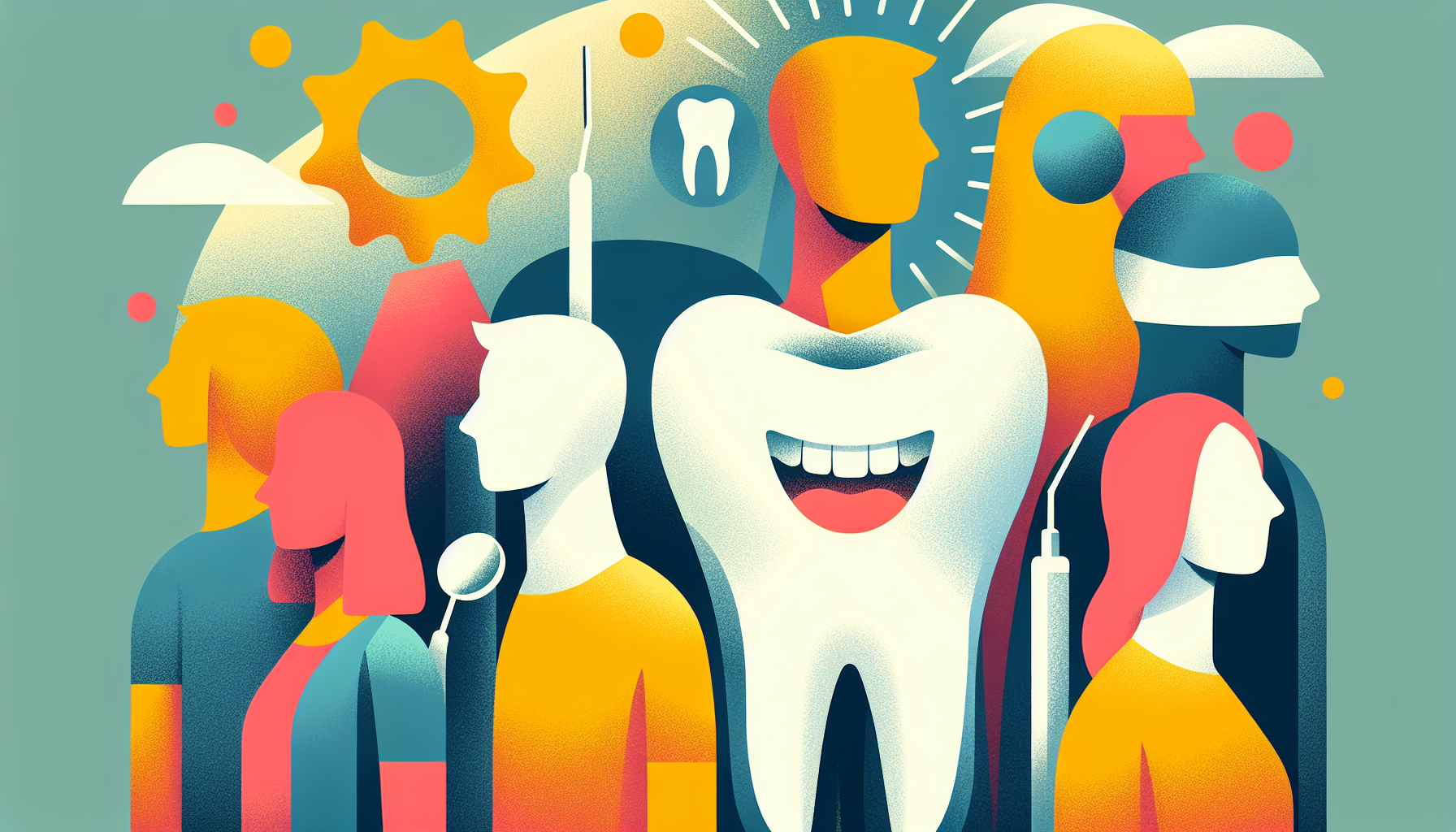Does Mounjaro Affect Fertility?
Understanding Mounjaro and Its UsesMounjaro is a prescription medication commonly prescribed for managing type 2 diabetes. It belongs to a class of drugs that help regulate [...]
Read More
Medically reviewed by Oghenefejiro Okifo | MD, Harvard Medical School | Henry Ford Hospital - Detroit, MI on December 10th, 2023.
Many people experience crooked teeth or misaligned bites, which can cause a variety of dental and overall health issues. In this article, we'll explore the causes of these conditions, the problems they can lead to, and the various treatment options available to correct them.
There are several reasons why some people's teeth grow in crooked or their bites become misaligned:
Small mouth size, leading to crowded and shifted teeth
Mismatched or malformed upper and lower jaws, resulting in an overbite or underbite
Inherited traits, similar to eye color or hand size
Early loss of baby or adult teeth
Improper fit of dental restorations, such as fillings or crowns
Gingivitis (gum disease)
Undue pressure on the teeth and gums
Jaw misalignment after an injury
Tumors of the mouth or jaw
Common oral health problems in children, such as thumb sucking, tongue thrusting, prolonged pacifier use, or extended bottle use
Crooked teeth and misaligned bites can lead to several issues, including:
Difficulty chewing properly
Increased risk of tooth decay, cavities, and gingivitis due to challenges in keeping teeth clean
Strain on teeth, jaws, and muscles, which may increase the risk of tooth breakage
Self-consciousness about appearance, potentially affecting self-esteem

While crooked teeth may be visually apparent, a dentist can determine if treatment is necessary. Signs that a dentist will look for include:
Abnormal alignment of teeth
Abnormal appearance of the face
Difficulty or discomfort when chewing or biting
Speech difficulties, such as a lisp
If your dentist suspects a misaligned bite or crooked teeth, they will likely refer you to an orthodontist, a specialist in diagnosing and treating these conditions. The orthodontist may perform several tests, including:
X-rays to examine the position of teeth and roots, and check for any unerupted teeth
Cephalometric or panoramic X-rays to assess the relationship between teeth, jaws, and head
Photographs of your face to further analyze the relationship between teeth, jaws, and head
Teeth impressions to create an exact copy of your teeth
Once diagnosed, your orthodontist will determine the best treatment plan for your specific case. Treatment options may include:
Removable retainer to stabilize the new position of teeth (for minor cases)
Tooth removal, in rare cases of severe overcrowding
Braces, which are necessary for most people to correct the issue
Surgery, in extremely rare cases of severe overbite or underbite
To learn more about the differences between an overbite and an underbite, as well as treatment options for an overbite without braces, visit Overbite vs. Underbite: What's the Difference? and Correcting an Overbite Without Braces.
If you suspect that you or your child may have crooked teeth or a misaligned bite, consult with your dentist or orthodontist to determine the best course of action. Early intervention can help prevent more serious dental and overall health issues in the future.
Most orthodontic problems stem from genetics but worsen without intervention, leading to both functional problems and increased dental disease risk. Early evaluation around age 7-9 offers the best outcomes and shortest treatment times. If you're noticing jaw pain, difficulty chewing, or concerns about alignment, Doctronic can help you understand your treatment options quickly.
Understanding Mounjaro and Its UsesMounjaro is a prescription medication commonly prescribed for managing type 2 diabetes. It belongs to a class of drugs that help regulate [...]
Read MoreUnderstanding Hydrocortisone Uses and DosagesHydrocortisone is a versatile medication primarily used to reduce inflammation and suppress the immune system in various [...]
Read MoreUnderstanding Zepbound and MounjaroWhen managing type 2 diabetes, patients often face a variety of medication options. Zepbound and Mounjaro are two such options gaining [...]
Read More